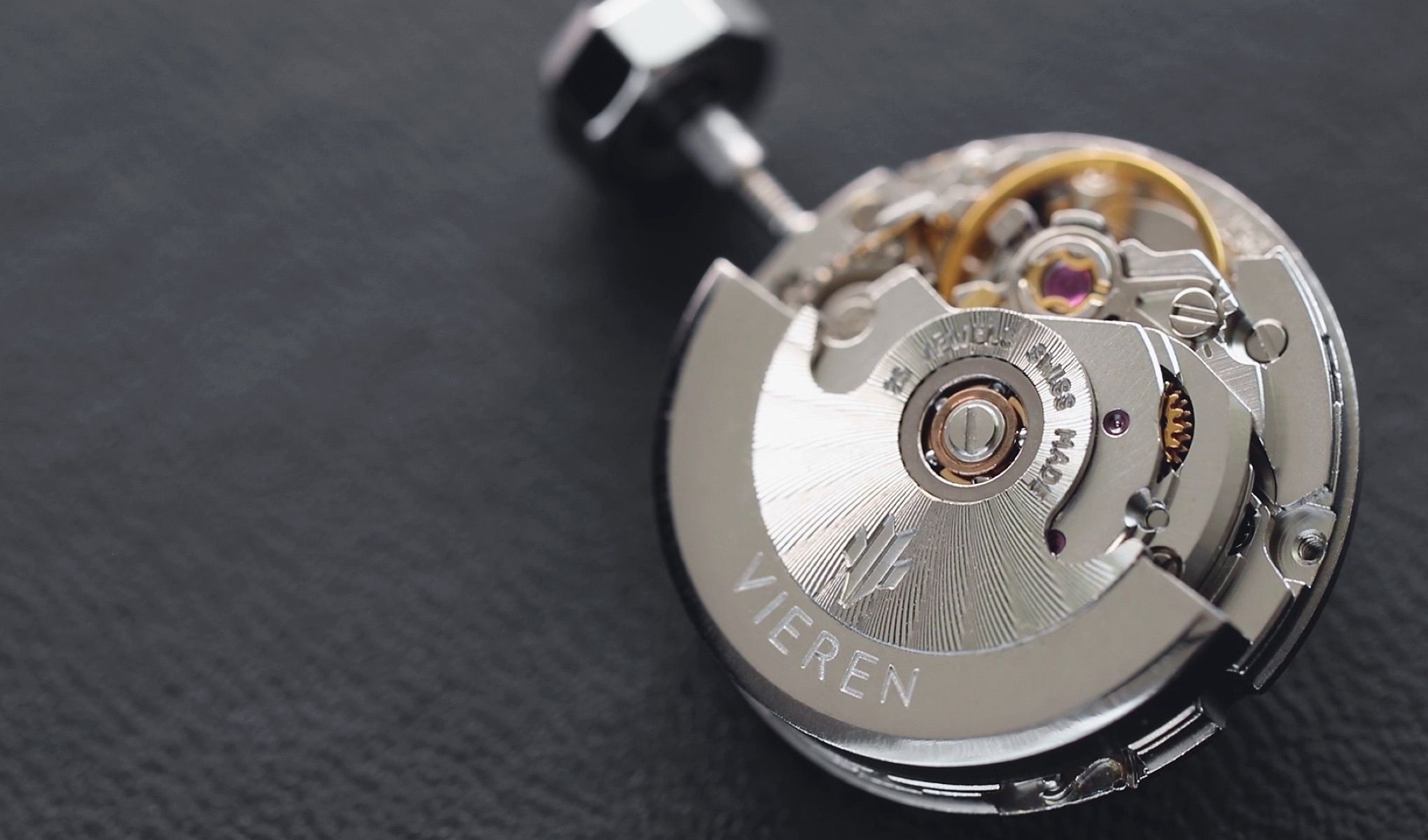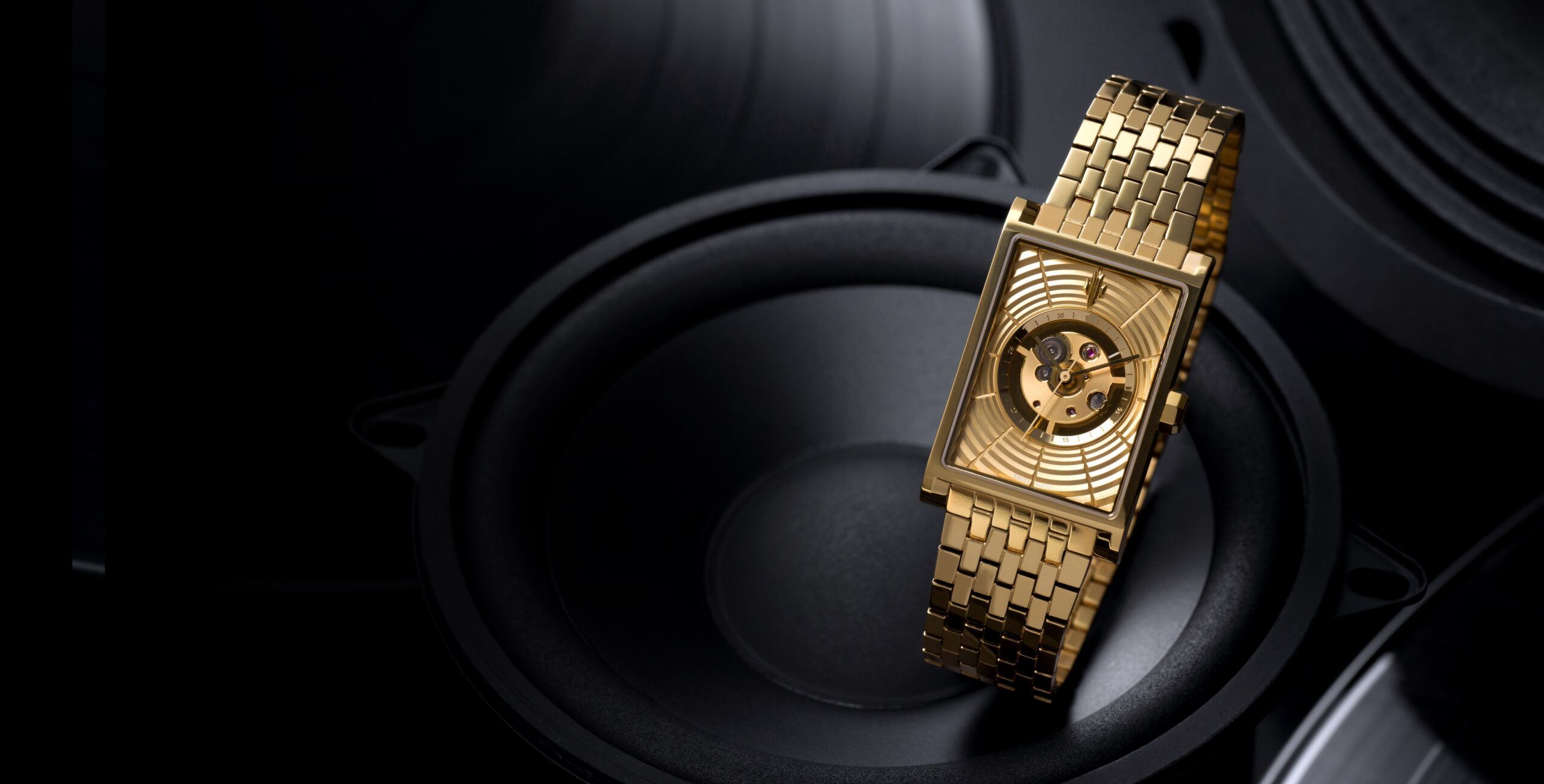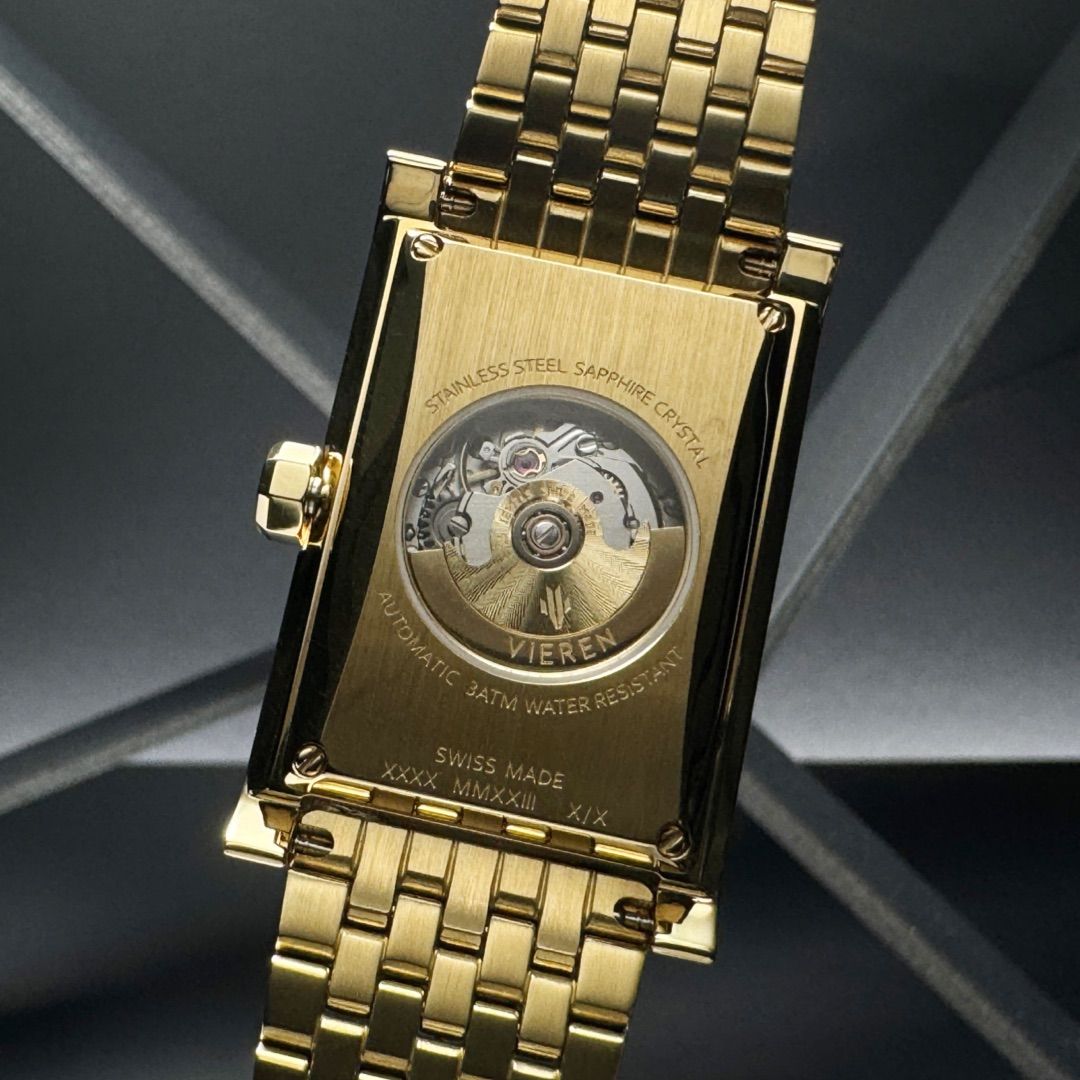
How Do Automatic Watches Work: The Complete Guide
Curious how an automatic watch works without a battery? Learn winding and using your self-winding timepiece in this guide.
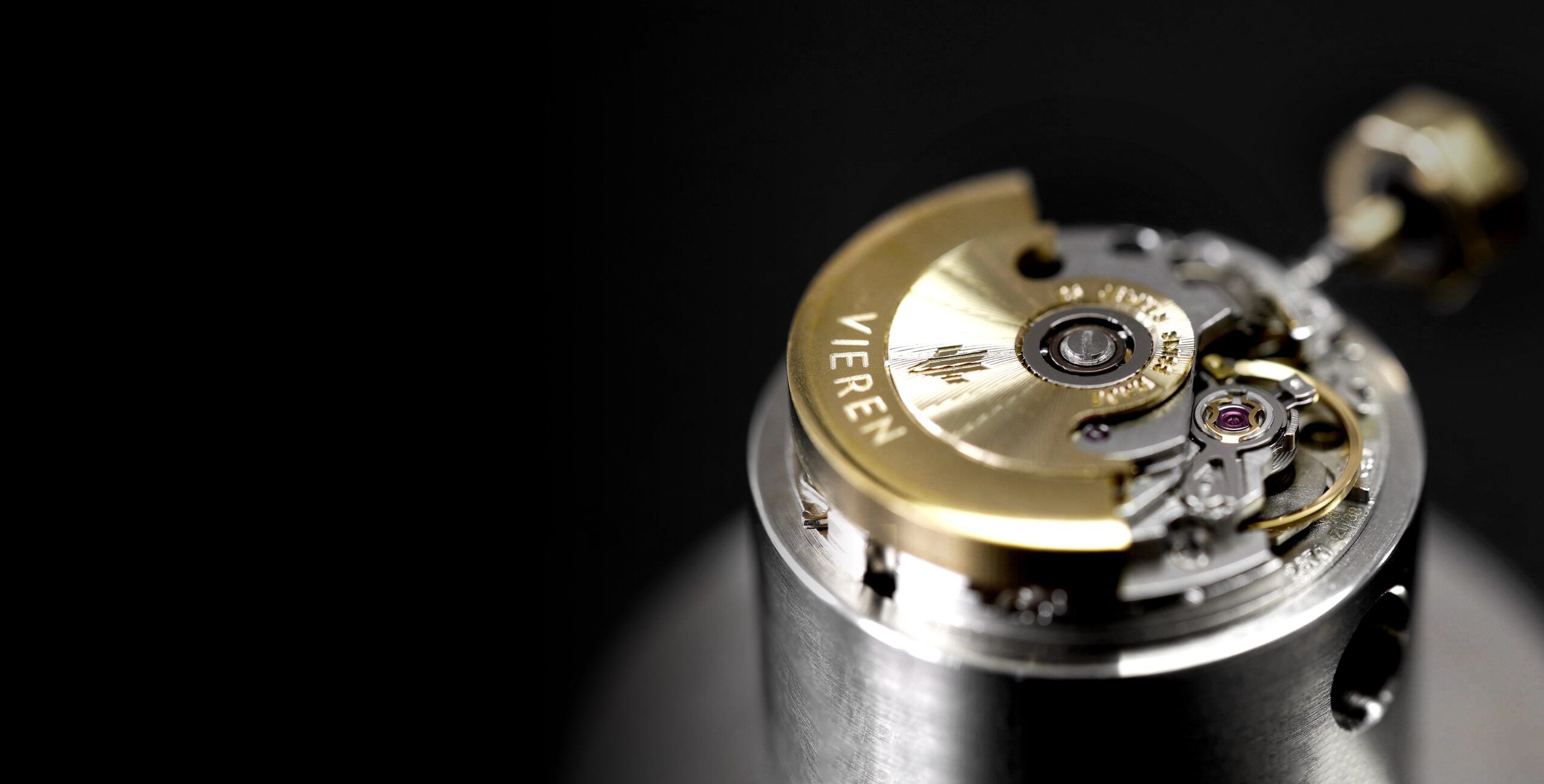
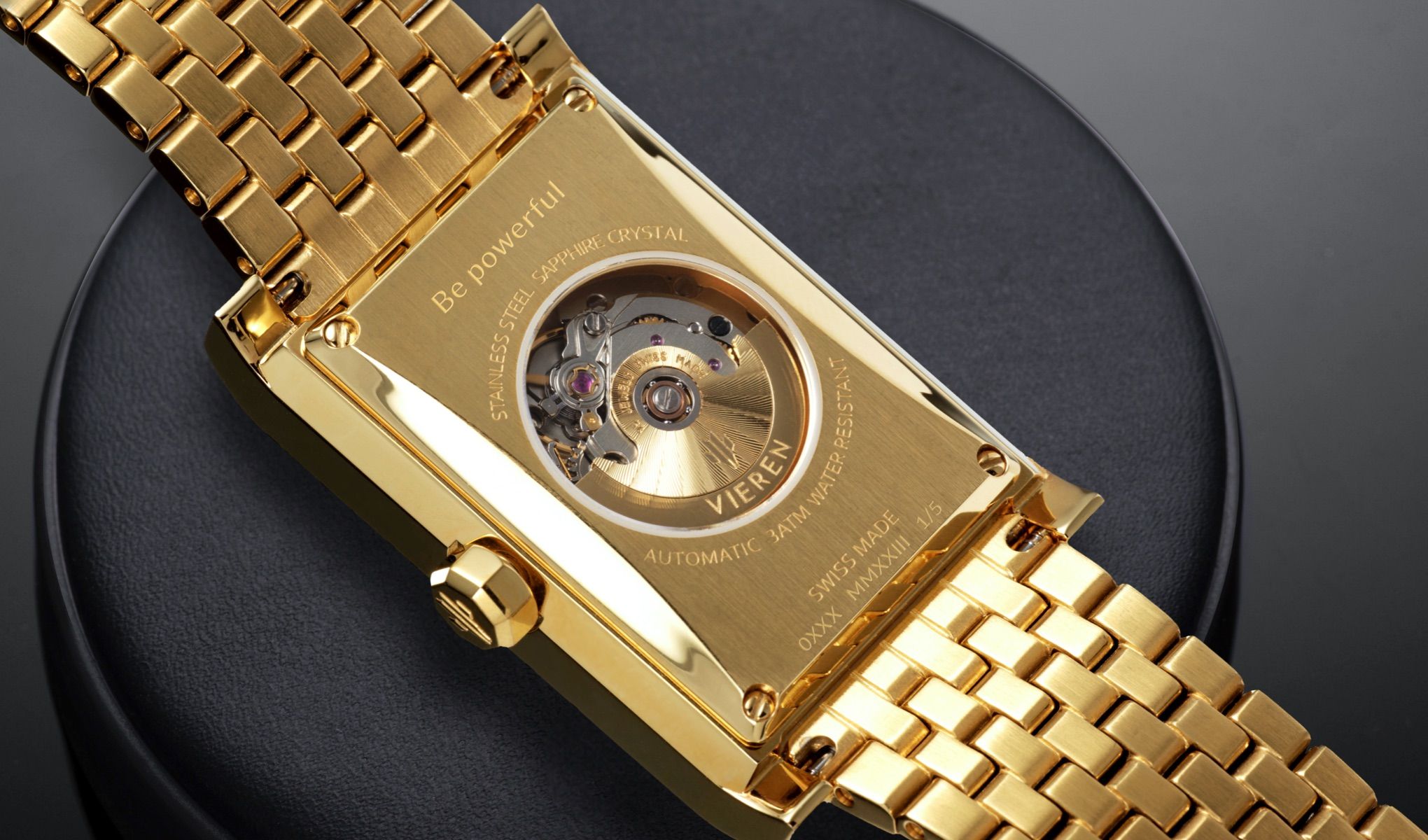

Inside an automatic watch movement is a rotor — a semi-circular weight that spins with wrist motion. This kinetic energy winds the mainspring, storing power that is gradually released in controlled increments to drive the watch hands and complications. Automatic movements come in many variations, but Swiss Made calibers are especially prized for their precision, reliability, and finishing. When well maintained, these self-winding movements can last for decades, which is why many collectors see them as both a practical tool and a lasting investment.
For an in-depth look, explore: How Do Automatic Watches Work? The Complete Guide.
Inside an automatic watch movement is a rotor — a semi-circular weight that spins with wrist motion. This kinetic energy winds the mainspring, storing power that is gradually released in controlled increments to drive the watch hands and complications. Automatic movements come in many variations, but Swiss Made calibers are especially prized for their precision, reliability, and finishing. When well maintained, these self-winding movements can last for decades, which is why many collectors see them as both a practical tool and a lasting investment.
For an in-depth look, explore: How Do Automatic Watches Work? The Complete Guide.
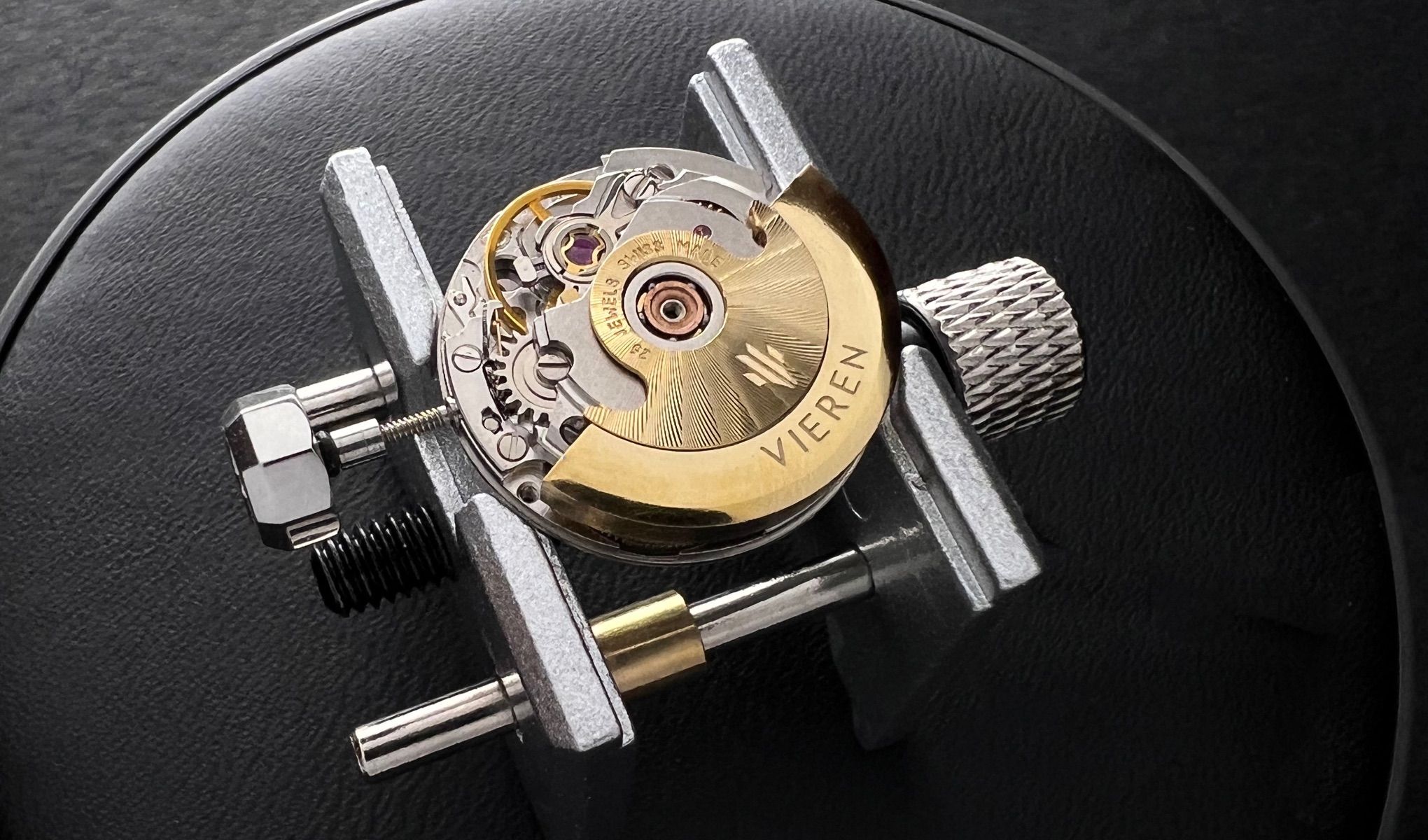

Yes, automatic watches can stop when not worn. Because they rely on the movement of your wrist to stay powered, the mainspring will eventually unwind if the watch is left idle, typically after 36 to 48 hours. Once the stored energy is depleted, the watch will pause until it’s worn again or manually wound.
While daily wear isn’t essential, consistent use keeps the watch running smoothly and helps maintain time accuracy. If you rotate between timepieces or don’t wear your automatic regularly, a watch winder can keep it powered by simulating natural wrist movement. That said, many enthusiasts enjoy the tactile ritual of winding and setting their watches. It’s all part of the charm of owning a mechanical timepiece..
If you’re new to automatic watches, check out our articles on How To Use An Automatic Watch to get started, or learn the best way to Wind Your Automatic Watch to keep it running smoothly..
Yes, automatic watches can stop when not worn. Because they rely on the movement of your wrist to stay powered, the mainspring will eventually unwind if the watch is left idle, typically after 36 to 48 hours. Once the stored energy is depleted, the watch will pause until it’s worn again or manually wound.
While daily wear isn’t essential, consistent use keeps the watch running smoothly and helps maintain time accuracy. If you rotate between timepieces or don’t wear your automatic regularly, a watch winder can keep it powered by simulating natural wrist movement. That said, many enthusiasts enjoy the tactile ritual of winding and setting their watches. It’s all part of the charm of owning a mechanical timepiece..
If you’re new to automatic watches, check out our articles on How To Use An Automatic Watch to get started, or learn the best way to Wind Your Automatic Watch to keep it running smoothly..
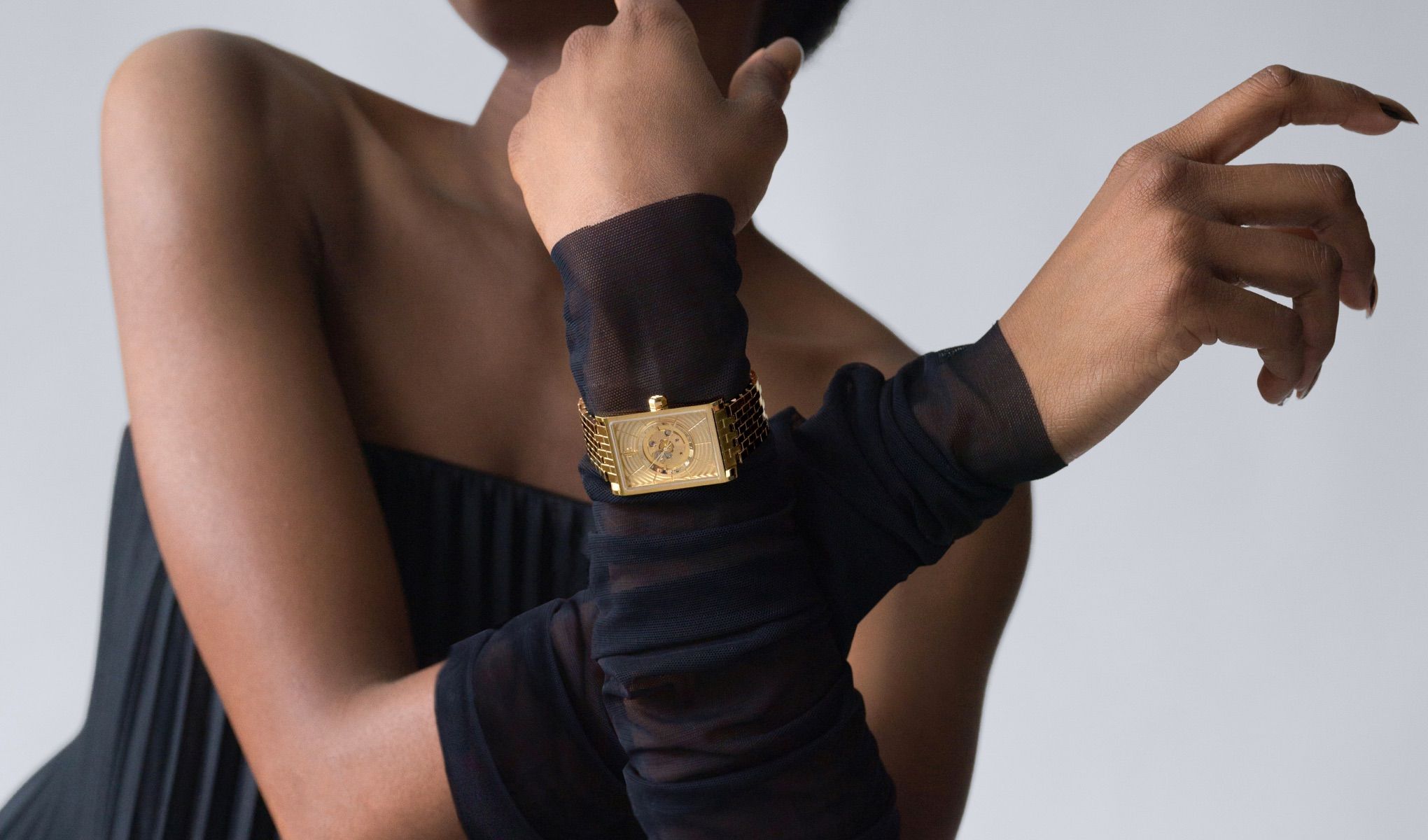

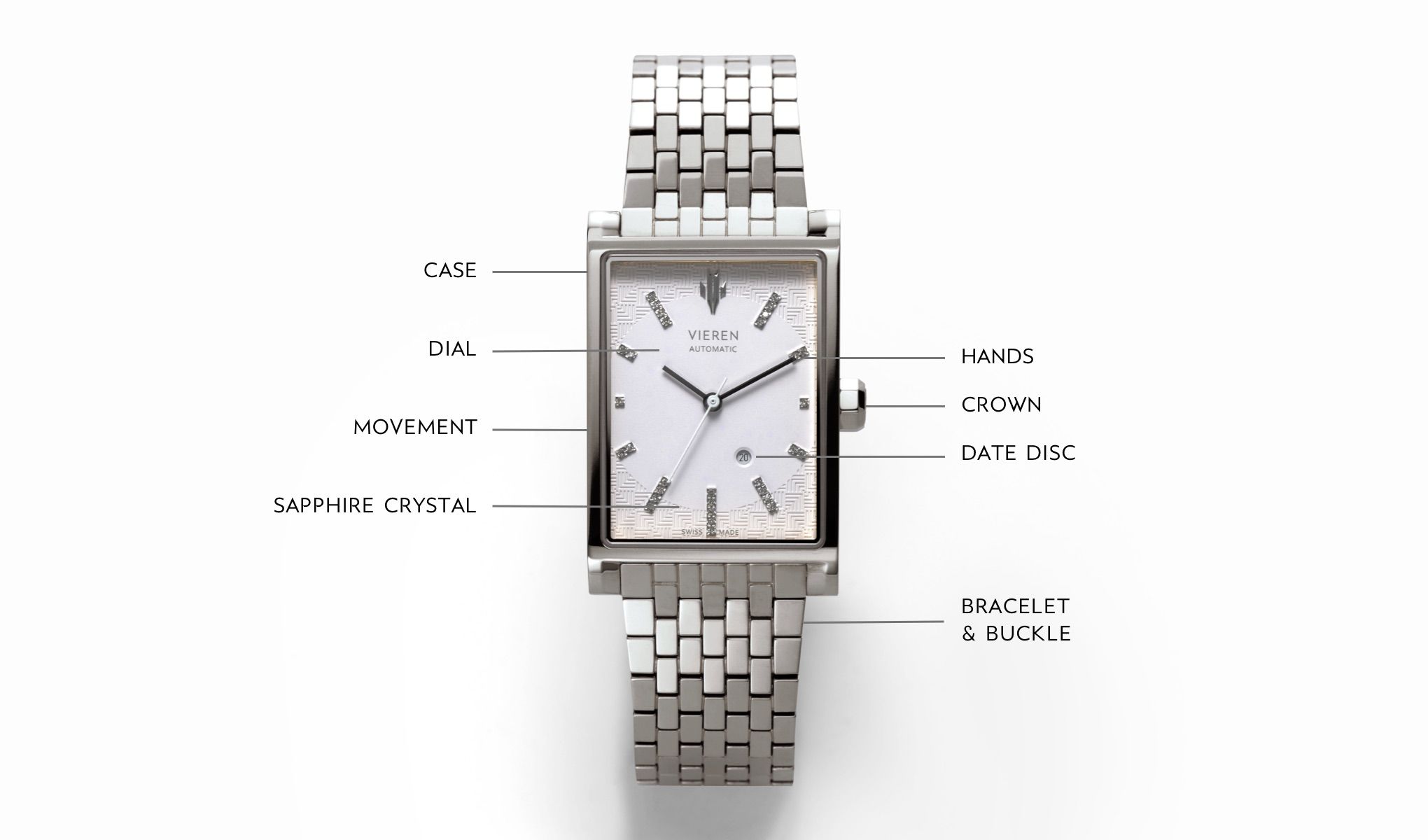

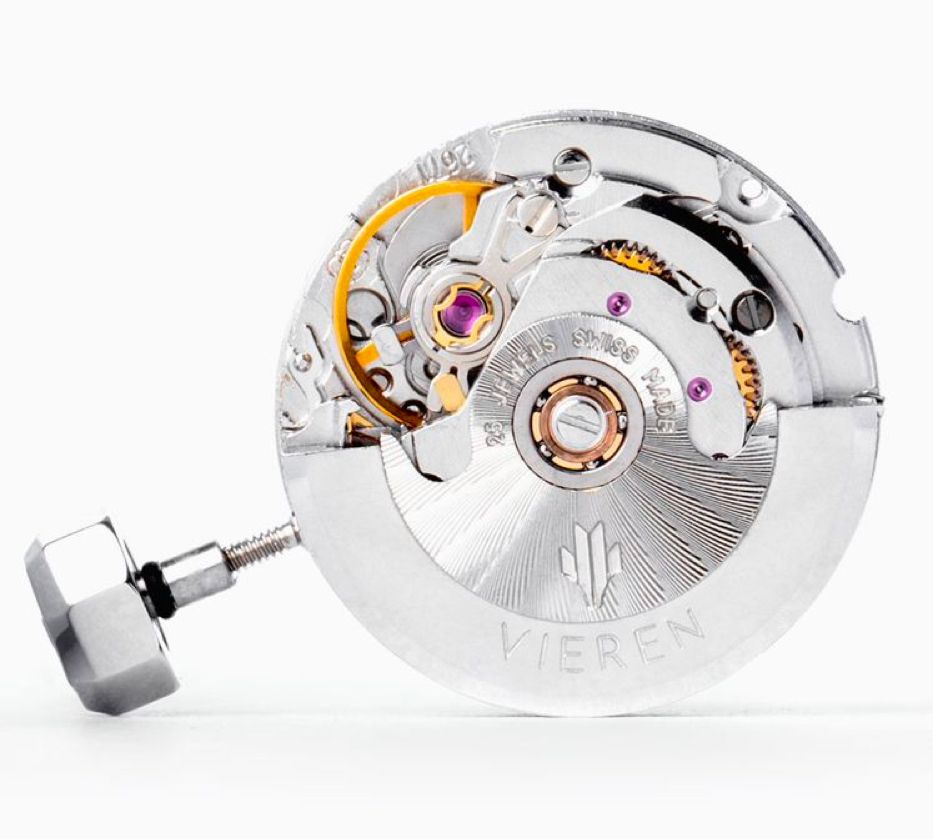

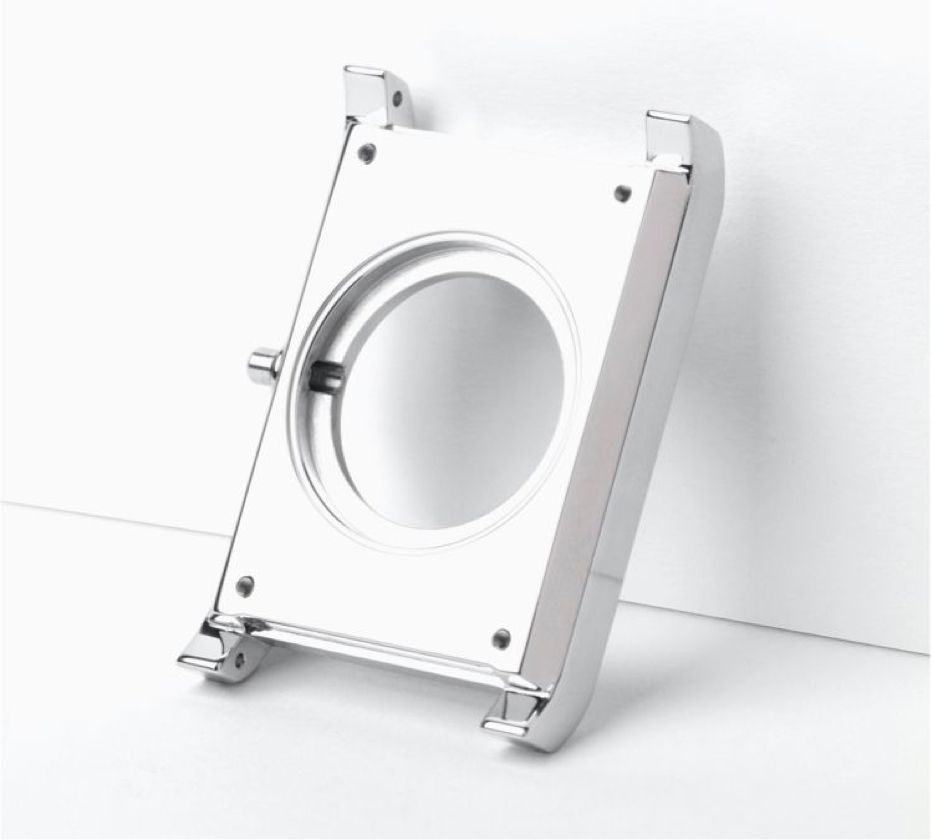

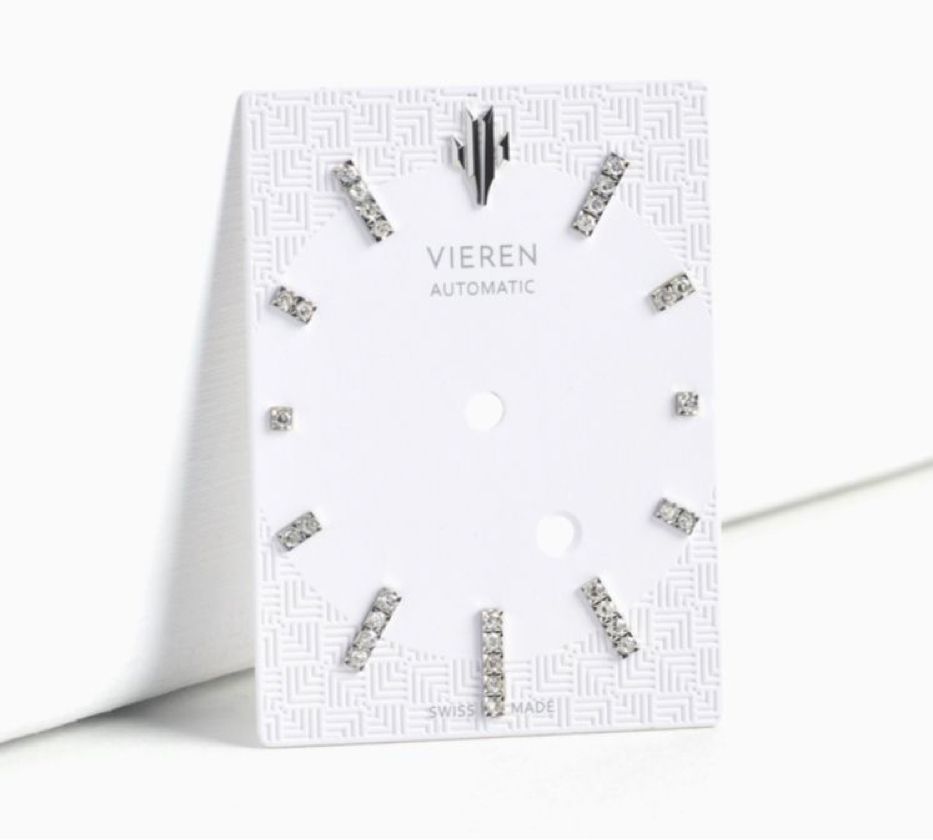

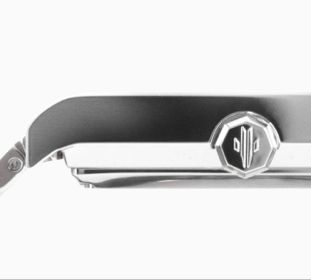

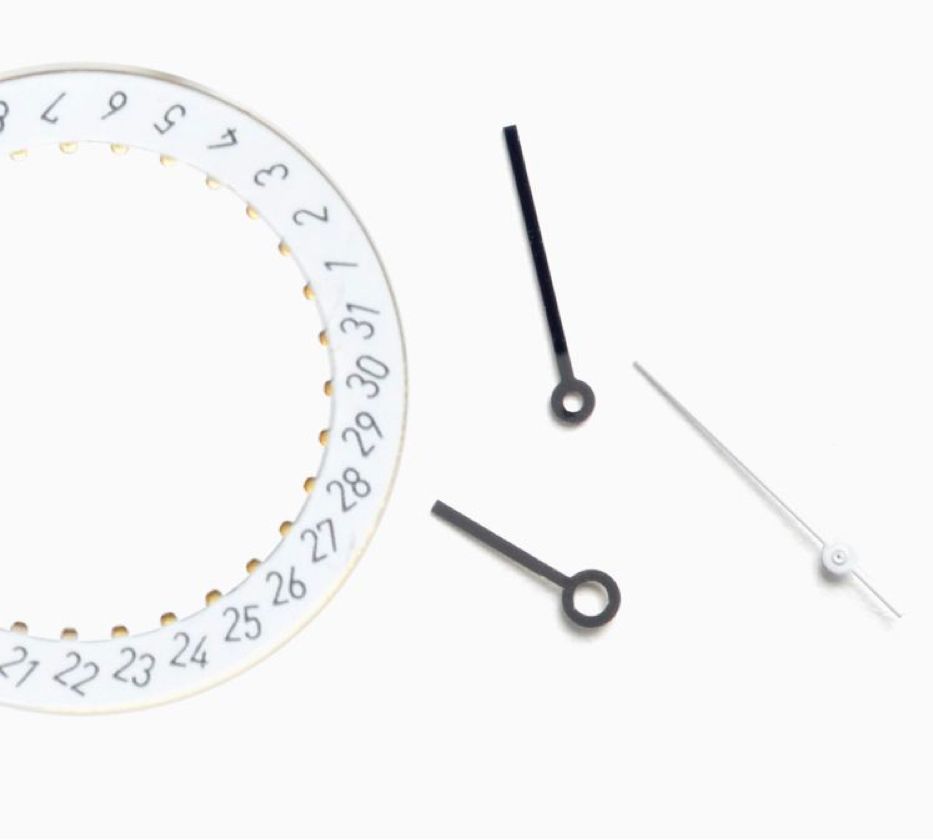

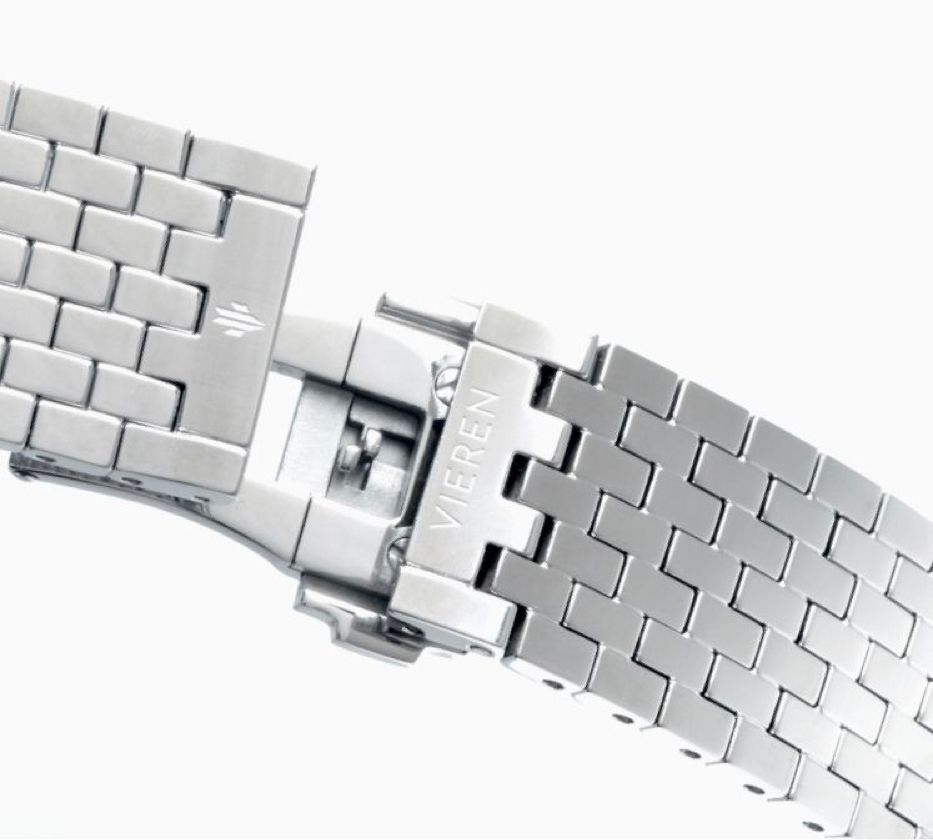

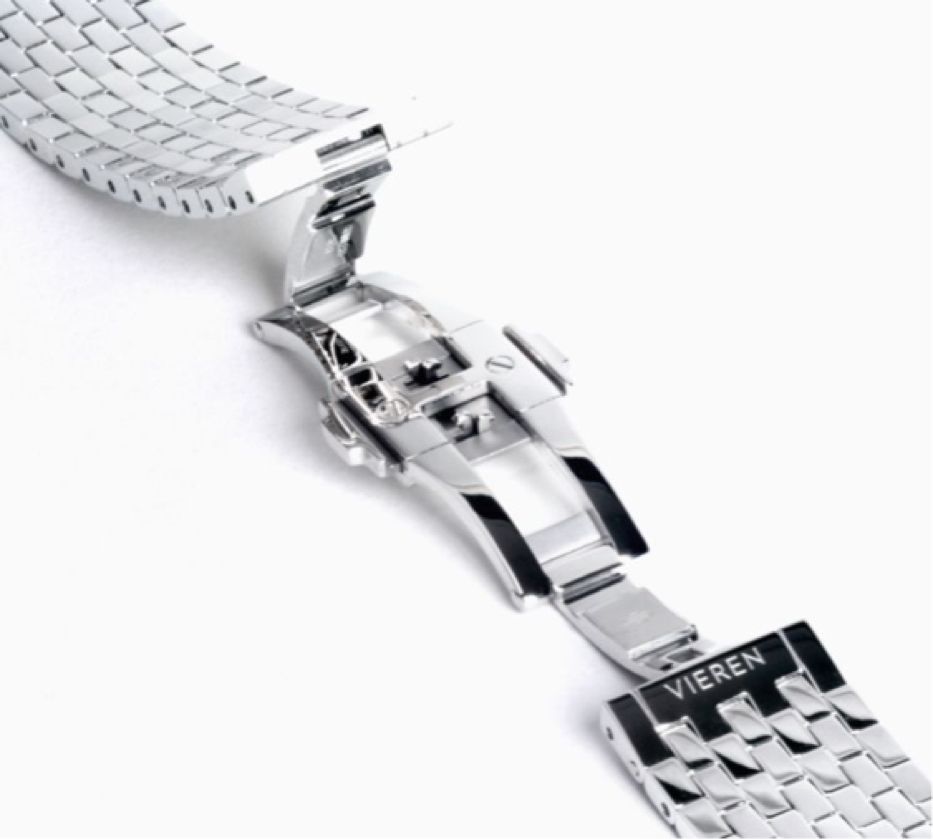

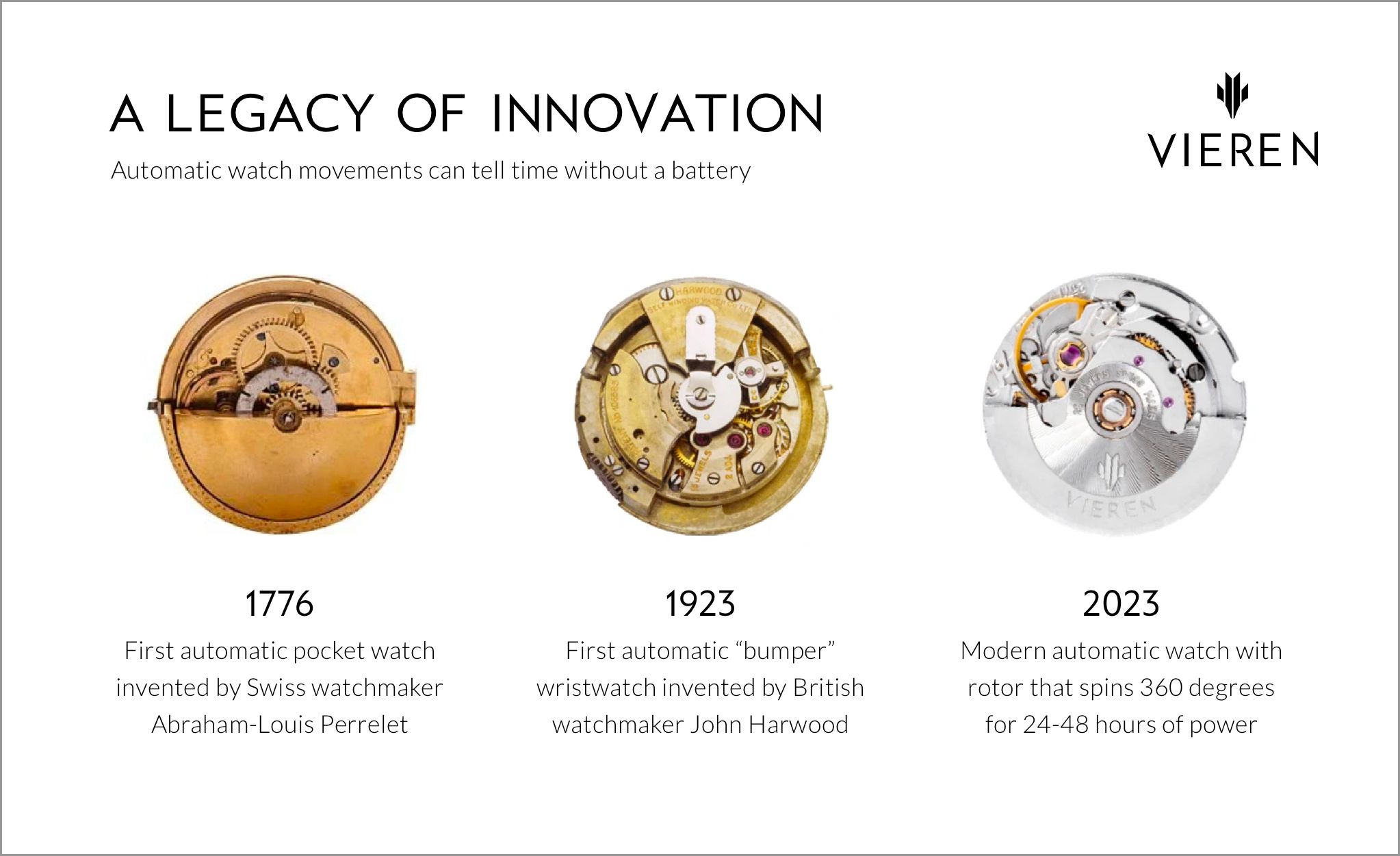

Not all luxury watches are automatic. Automatic and mechanical watches are hand-assembled and powered by springs, while quartz watches use batteries to offer accuracy and low maintenance, but lack the craftsmanship collectors value in automatic movements.
For a deep dive, read our full guide: Automatic vs. Mechanical vs. Quartz Watches: What's The Difference?
Not all luxury watches are automatic. Automatic and mechanical watches are hand-assembled and powered by springs, while quartz watches use batteries to offer accuracy and low maintenance, but lack the craftsmanship collectors value in automatic movements.
For a deep dive, read our full guide: Automatic vs. Mechanical vs. Quartz Watches: What's The Difference?


Selecting the right automatic watch is not just about telling time—it’s about finding a piece that resonates with your personal style and appreciation for craftsmanship. With so many options available, here are key factors to consider when choosing the perfect automatic watch.
For expert advice on making your first purchase, check out our 9 Tips for Buying Your First Automatic Watch.
Selecting the right automatic watch is not just about telling time—it’s about finding a piece that resonates with your personal style and appreciation for craftsmanship. With so many options available, here are key factors to consider when choosing the perfect automatic watch.
For expert advice on making your first purchase, check out our 9 Tips for Buying Your First Automatic Watch.
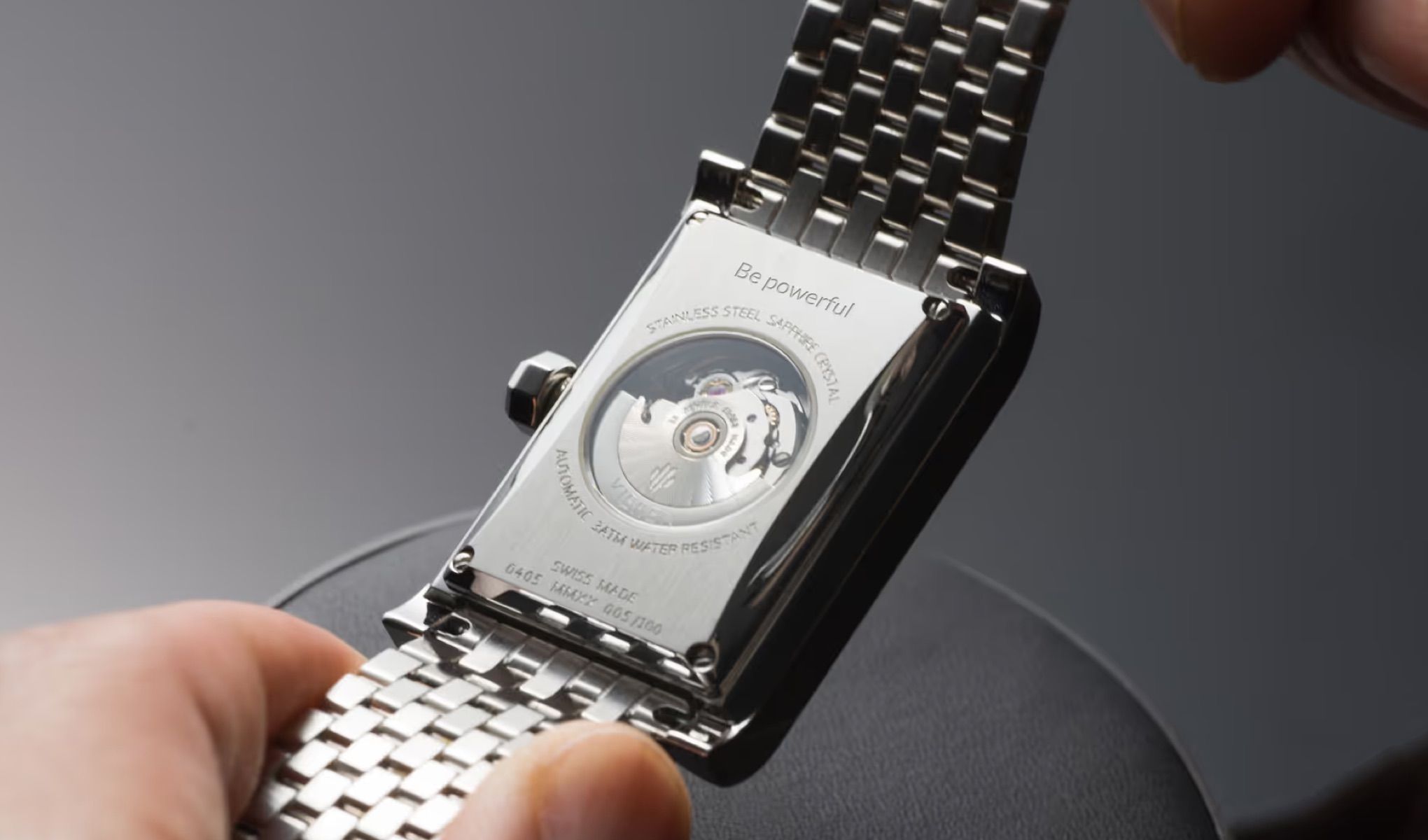

To ensure your automatic watch continues to perform at its best, proper care and maintenance are essential. Regular servicing, cleaning, and storing your watch correctly can prevent wear and tear, helping it stay accurate and reliable over time. Follow these top tips for maintaining your timepiece for years.
To ensure your automatic watch continues to perform at its best, proper care and maintenance are essential. Regular servicing, cleaning, and storing your watch correctly can prevent wear and tear, helping it stay accurate and reliable over time. Follow these top tips for maintaining your timepiece for years.
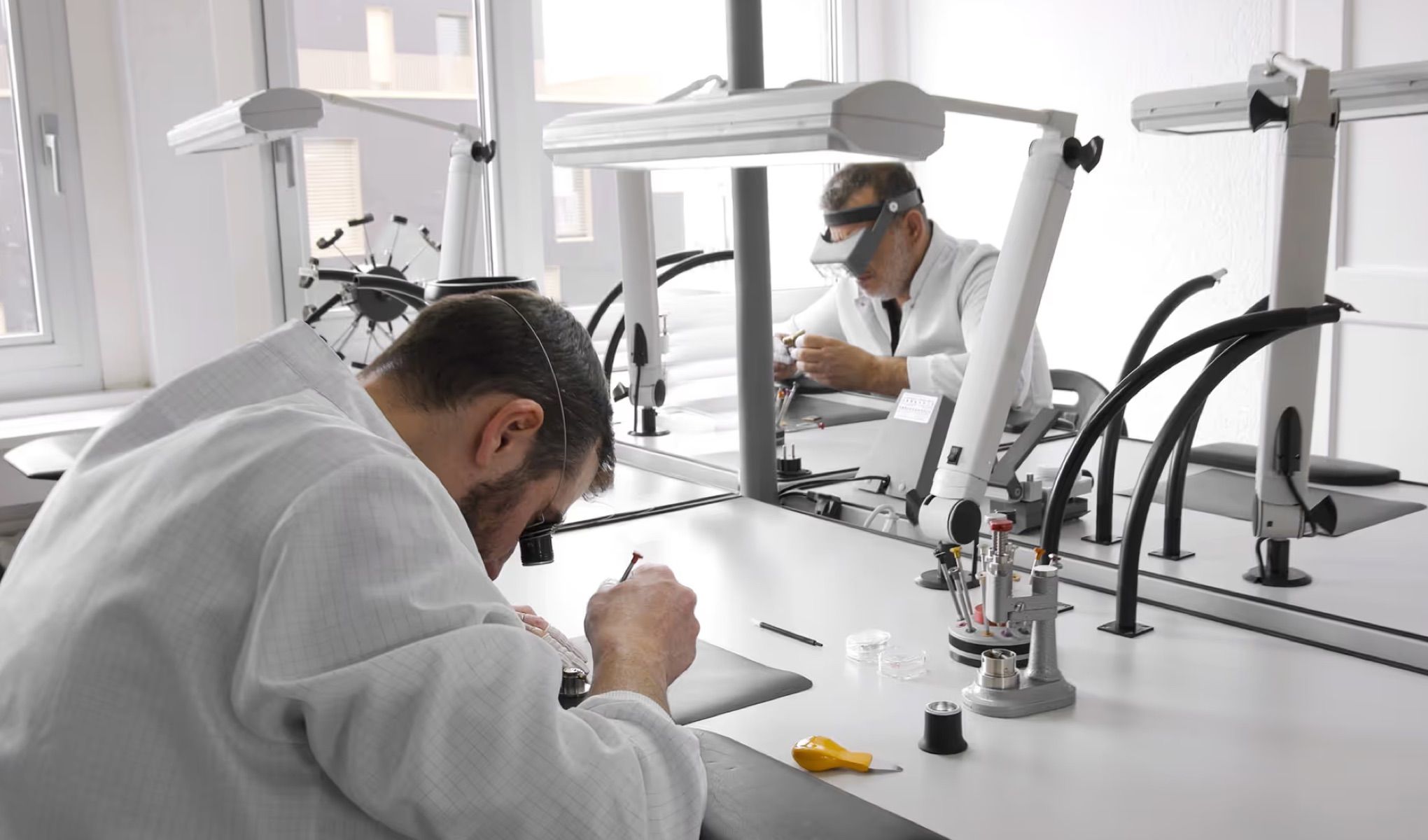

Regarded as the pinnacle of watchmaking, Swiss automatic movements are celebrated for their exceptional quality, precision, and craftsmanship. Discover why Swiss Made is the gold standard in the watchmaking world.
When assessing a Swiss automatic movement, key factors to consider include the power reserve, jewel count, and other performance metrics that affect the overall longevity and accuracy of the watch. These factors ensure the movement's reliability, helping the watch function accurately over time.
Regarded as the pinnacle of watchmaking, Swiss automatic movements are celebrated for their exceptional quality, precision, and craftsmanship. Discover why Swiss Made is the gold standard in the watchmaking world.
When assessing a Swiss automatic movement, key factors to consider include the power reserve, jewel count, and other performance metrics that affect the overall longevity and accuracy of the watch. These factors ensure the movement's reliability, helping the watch function accurately over time.
